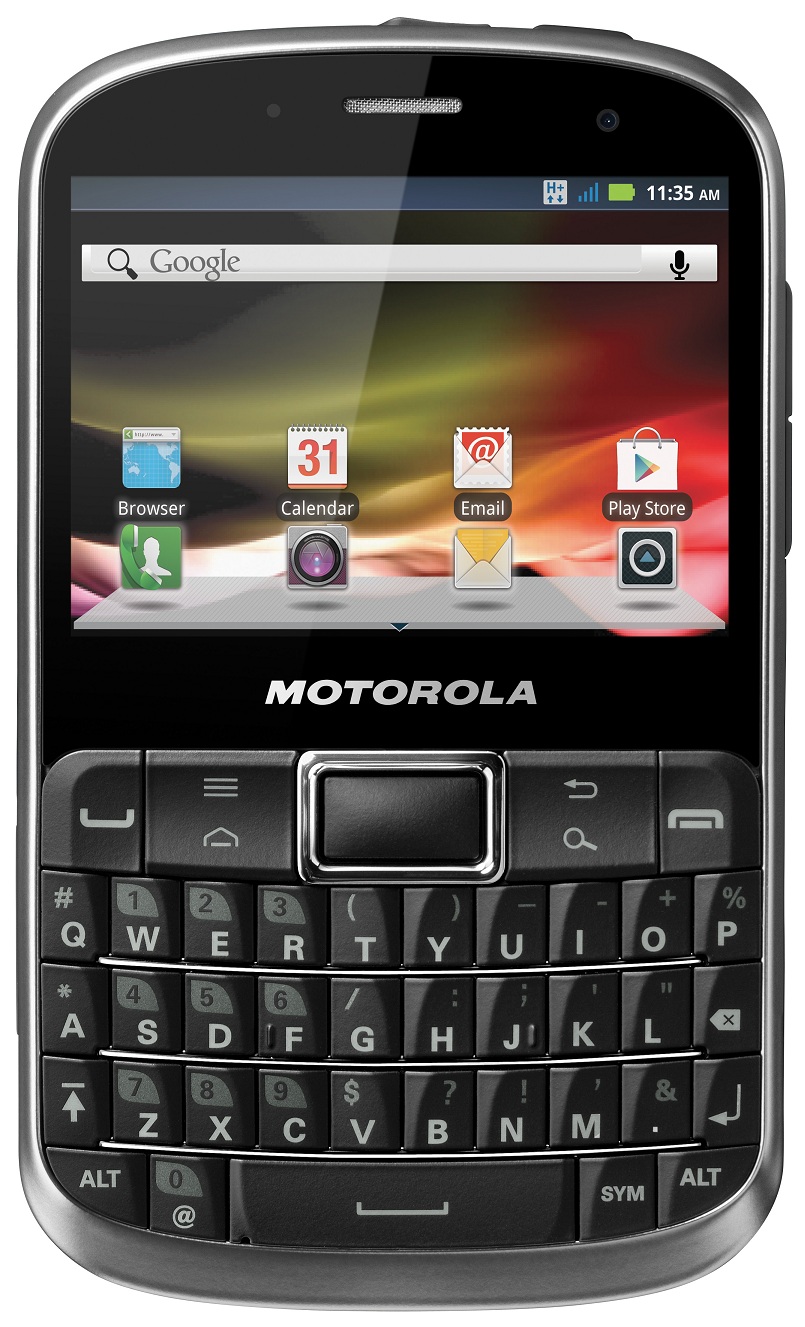I have two Android boxes: Vorke Z6 plus. I love these little boxes even though they have a rather old Android version 7.1 now. The latest firmware of one of the boxes is from 06-06-2018. I updated it with the so-called "SD method" where you simply copy the update file onto the SD card and start the upgrade process on the box.
I did this 2 years ago and deleted the upgrade file afterwards. How unfortunate! Because I cannot find this type of upgrade file anymore on the internet. I can only find the SD file type for an older upgrade file: the 26-01-2018 or even older ones.
The other type of upgrade file of the 06-06-2018 version of the firmware needs a laptop and a USB cable in order to flash the box. It would completely wipe the system with all its settings. That was one of the reasons why I did not want to do it. The SD method preserved the settings.
However, this weekend I downloaded the files from getdroidtips.com and gave it a try. I already had the necessary male2male USB cable (who normally needs something like that?) from reichelt.de so I had everything I needed... except for the guts to risk bricking my beloved Vorke box.
In the end I turned out to be rather easy. You simply download the USB burn tools and follow the steps here at droidfilehost.com or getdroidtips.com. I used the tool with a higher version which needed a restart after I switched the language to English. And the box did not show up as connected once it was in recovery mode and connected to the laptop using the "weird" USB cable.
But once you use the menu option "Setting > Load img" and select the img file to flash, the program recognises the box and you can proceed with the process.
Everything went fine and I could reinstall my Android apps. Well, Netflix and Disney+ need the Aurora app from F-Droid because the Google Play Store refuses to install these apps on the Vorke box.
Other webpages that I did not use or check:

